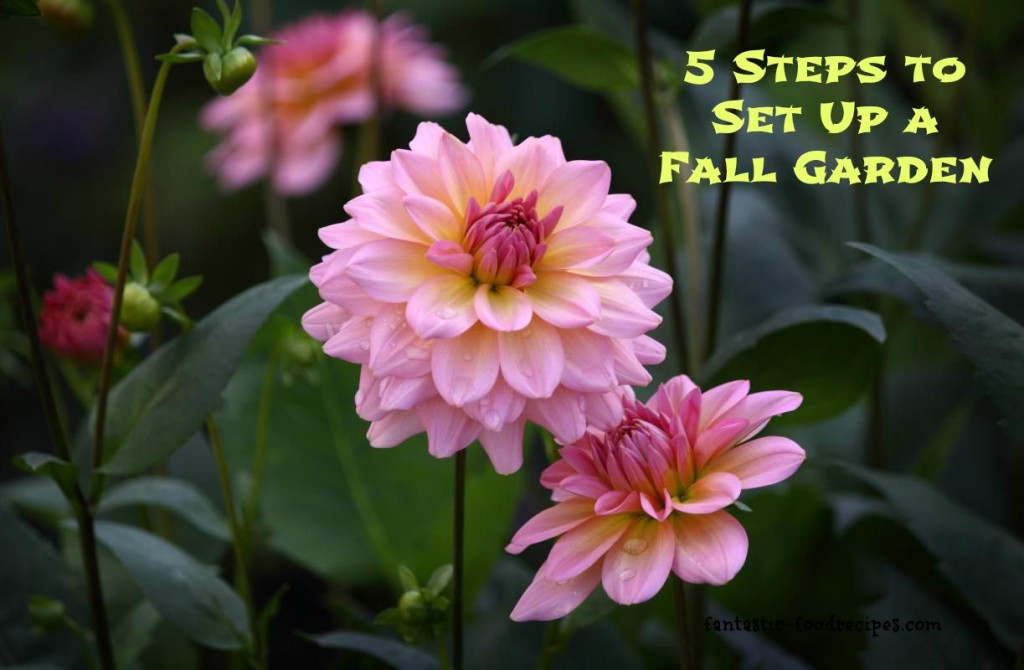5 Steps to Set Up a Fall Garden
Fall is a great time of year for growing vegetables, and other plants, that don’t like the heat of summer and thrive in cooler temperatures. A fall garden extends your growing season, can add a new dimension to the yard when everything else is dying back, and helps you maintain the health of your soil for next year. If you are interested in trying to keep a garden growing well past summer, you can do the job without a lot of extra work. Find out about fall gardening and use these 5 Steps to Set Up a Fall Garden as your garden can still produce some of your favorite vegetables and flowers.

5 Steps for Setting Up a Fall Garden
Clean the Garden
Before you add anything new to the garden, you need to clean up after the summer garden. Most of your plants and vegetable will have died back or put all their energy into the fruit that is ripening on the vine. Harvest up what’s left and remove the garden debris that is left behind. Spent vegetable plants are great compost material, but don’t add it to the compost that is ready to be added to the soil because you are going to need that material for the next step.
Add Compost to the Garden
To replenish the spent soil, add nutrient rich compost to the garden. You don’t need to add as much as you would at the start of the regular growing season, but a healthy dose that can be mixed into the soil will do. This boost of nutrients will support the growth of the new plants that you will add to the fall garden.
Choose Your Fall Plants
There are several cool weather vegetables that can be added to your garden, but you really want to use the limited space that you have to grow the vegetables that you love the most and know you can grow before winter hits. Peas, lettuce and salad greens, carrots, and radishes are all great options and can provide a bumper crop of plants.
Add Flowering Plants Too
Not only is it a great idea to grow a fall garden filled with vegetables, but adding florals to the garden bed is smart and really adds to the appearance. A variety of plants fosters beneficial environments, and you can attract the insects that are still around with the help of some beautiful blooms. Quick flowering plants like mums, pansies, marigolds and asters all give a little something to the garden.
Protect Your Plants
Fall weather calls for some extra steps in the garden to protect the plants that you have added. Make sure that you stake down anything tall and leggy to protect plants from breaking in the fall wind. Mulch should also be added around your plants in order to prevent soil from drying out and slow down the rate of soil loss. Other factors that you might want to think about during the fall is to add fencing. This will help to prevent small rodents and other animals that are searching for last minute food sources.
If you like this post, see more gardening posts, recipes and tips on Pinterest.
Come follow me on Facebook and Twitter.



Leave a Reply